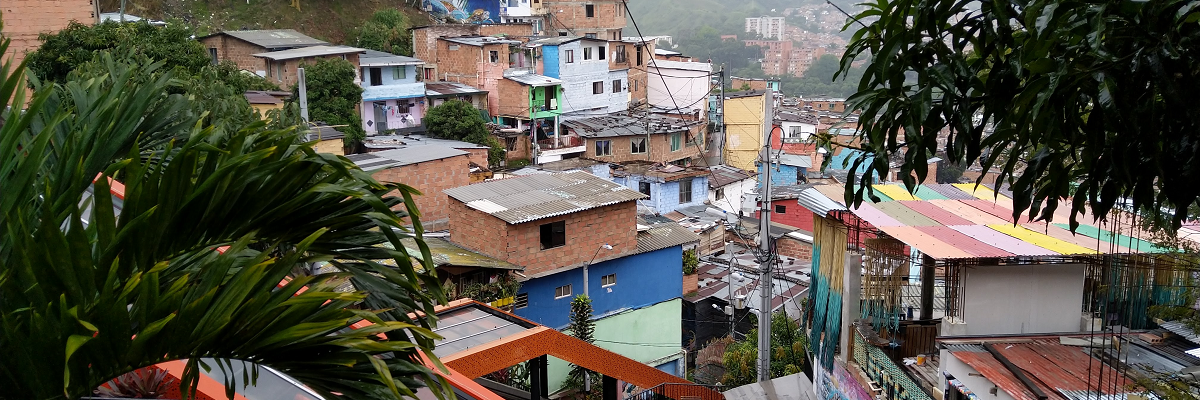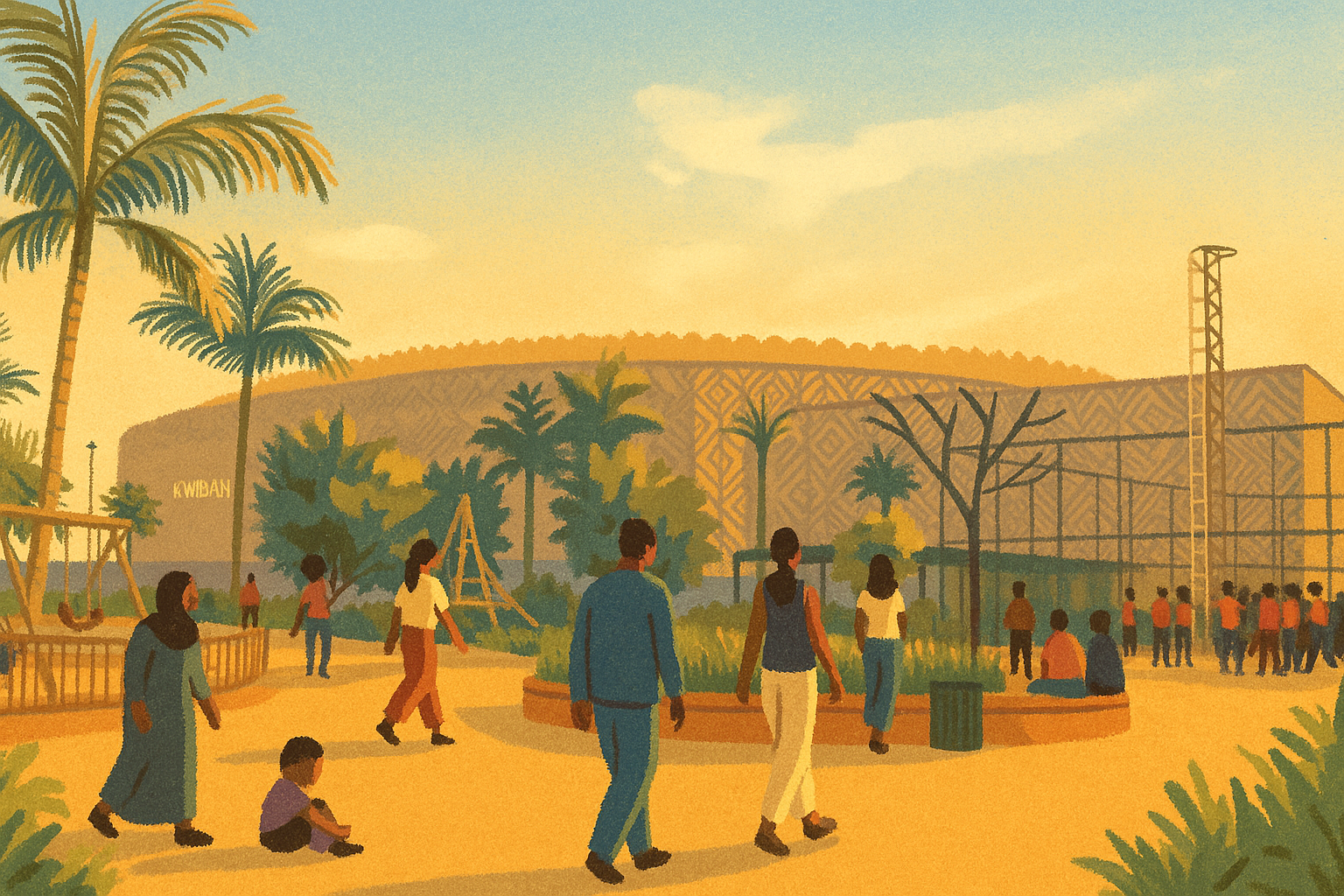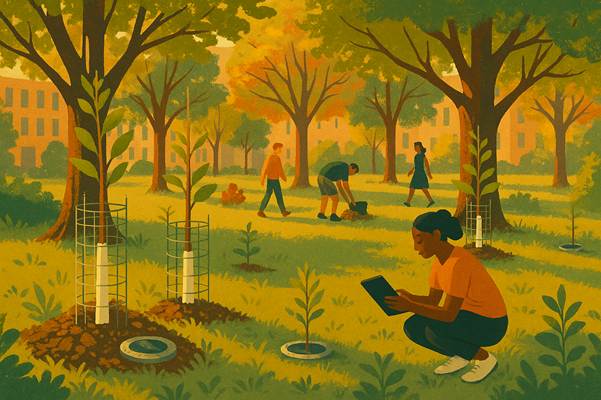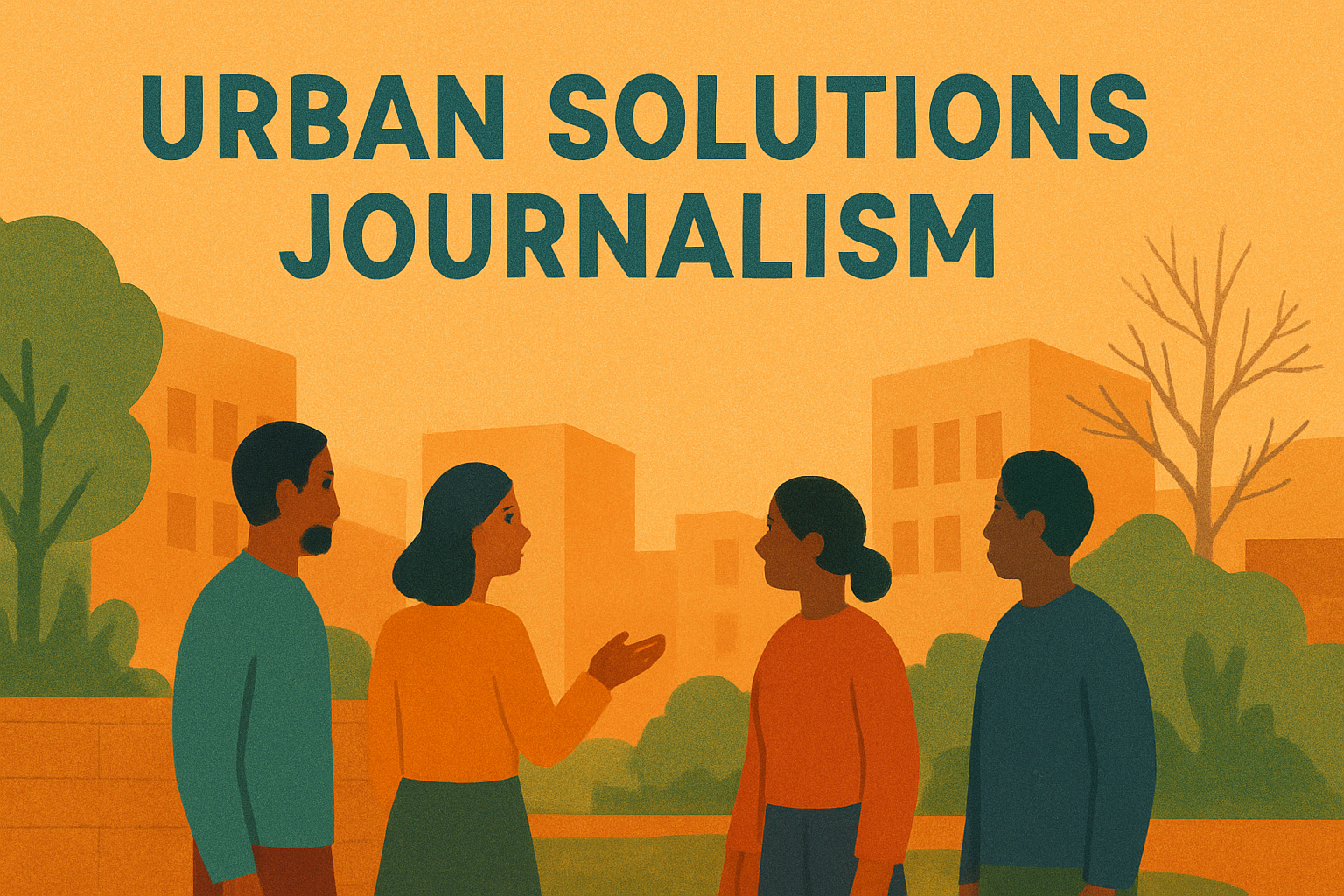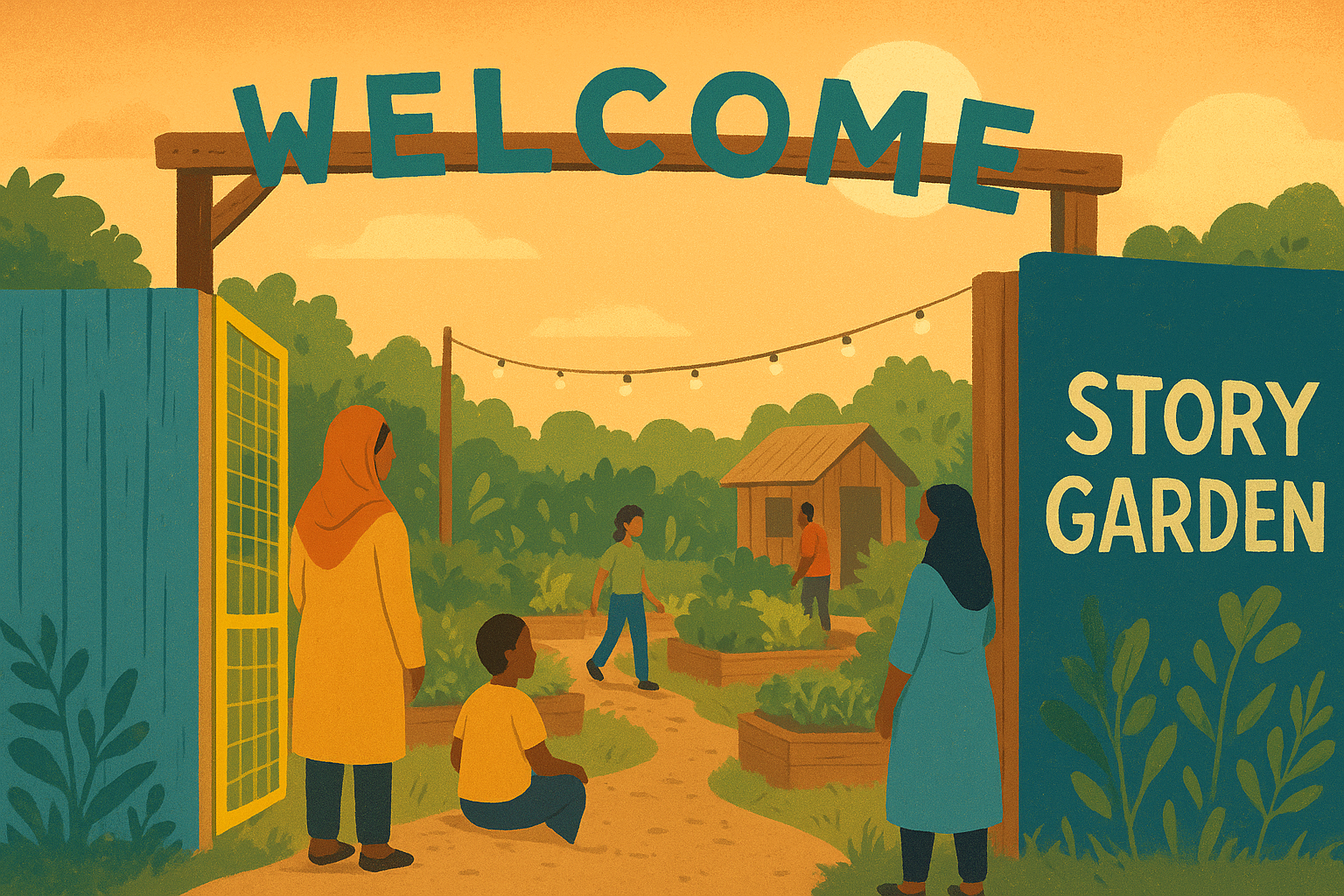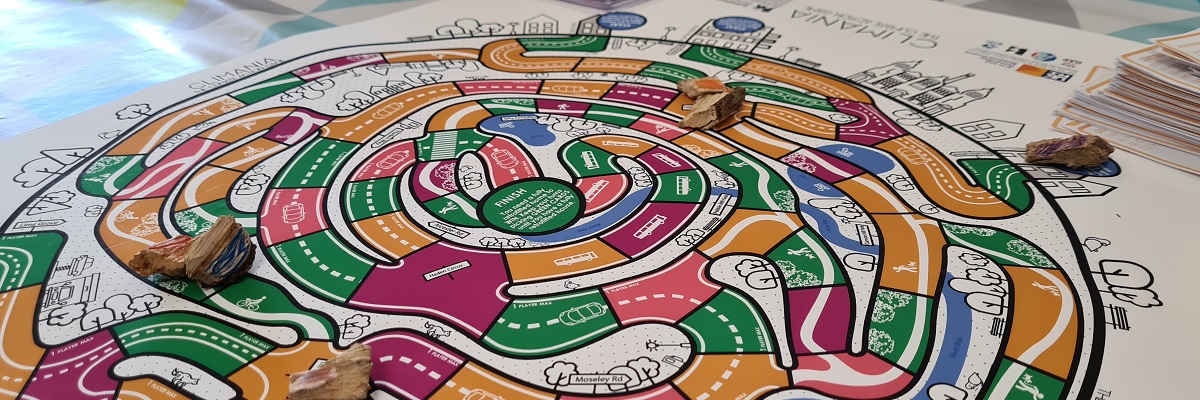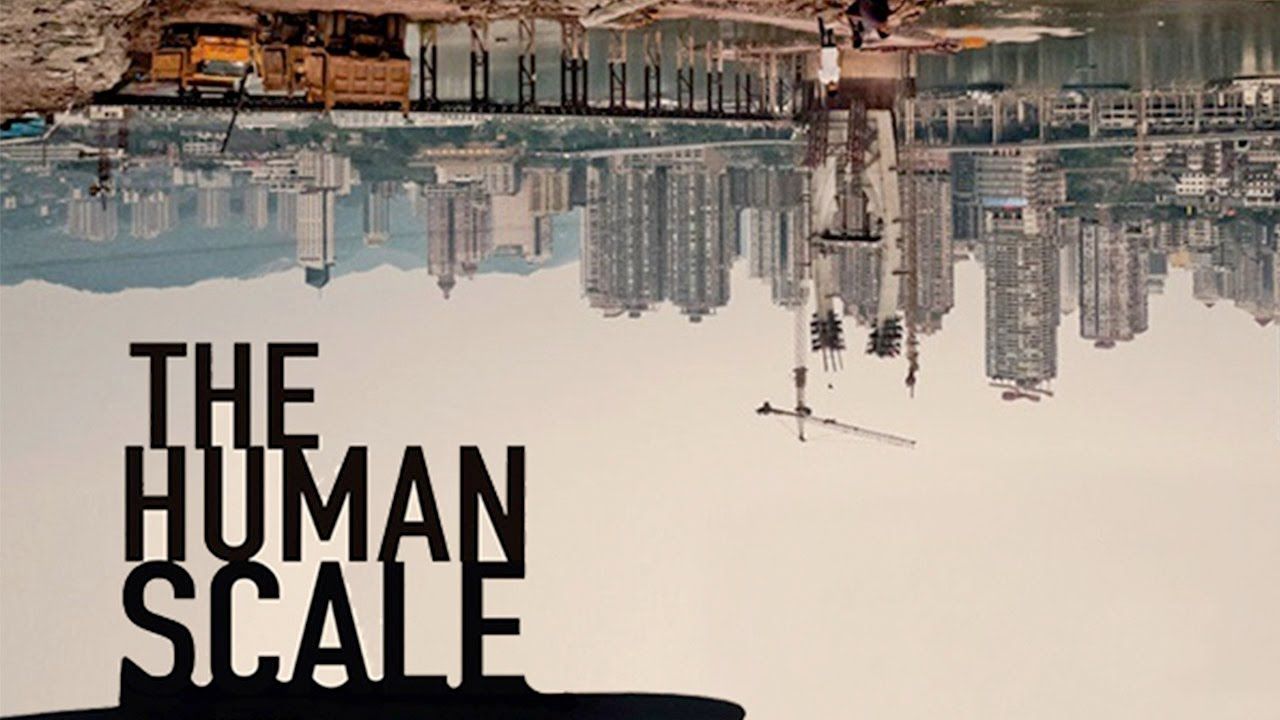Plenty has been written about Medellín’s famous Comuna 13, the former home of Pablo Escobar and his drug gangs. While the urban planning world is still marvelling at the cable car system of Medellín, which is now spreading to many other cities like Bogotá and Mexico City, there are also other innovations happening in Medellín.
Escalators for Urban Development
For example, Comuna 13 boasts an urban escalator – “putting rolling stairs where we really need them”, as my tour guide explained. Rather than helping luxurious purposes such as shopping or anything related to a mall, the fortified escalators in the mountainous settlement help residents organise their movements, accompany elderly relatives to the doctor or carry large weights.
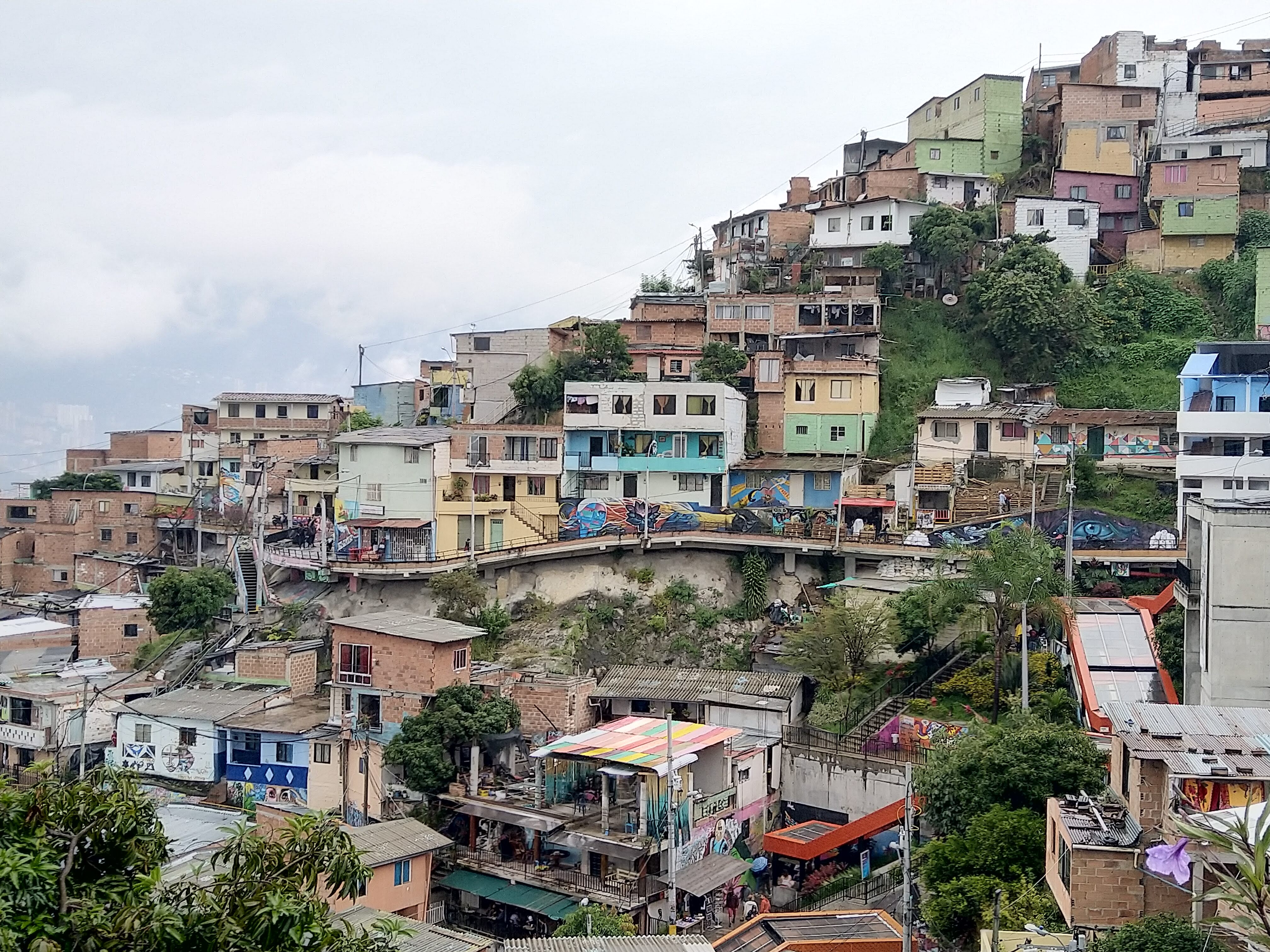
The steep neighbourhood makes it almost impossible to reach your home by using a vehicle. Instead of climbing the equivalent of 28 floors, residents of Comuna 13 can now use 385 metres of outdoor escalators. They are equipped for heavy weights, for all kinds of weather and even for handicapped persons. Whether it is heavy shopping, small children or even furniture you want to transport, it is now possible to reach even remote homes in Comuna 13 within minutes. For some more pictures, see this Guardian report on the escalator in Medellín.
This simple thought of using escalators in a new way is something I found unique to Medellín. They really seem to focus their urban planning on people’s needs. Unlike in other cities (see my article on Mexico City), where cable cars are helpful, but isolated, they are integrated into Medellín’s system of public transport. Not only that, they also come with libraries, kindergardens and other improvements to the neighbourhood. Because it is not enough to be connected to city centre – you also need to qualify to find a job there.
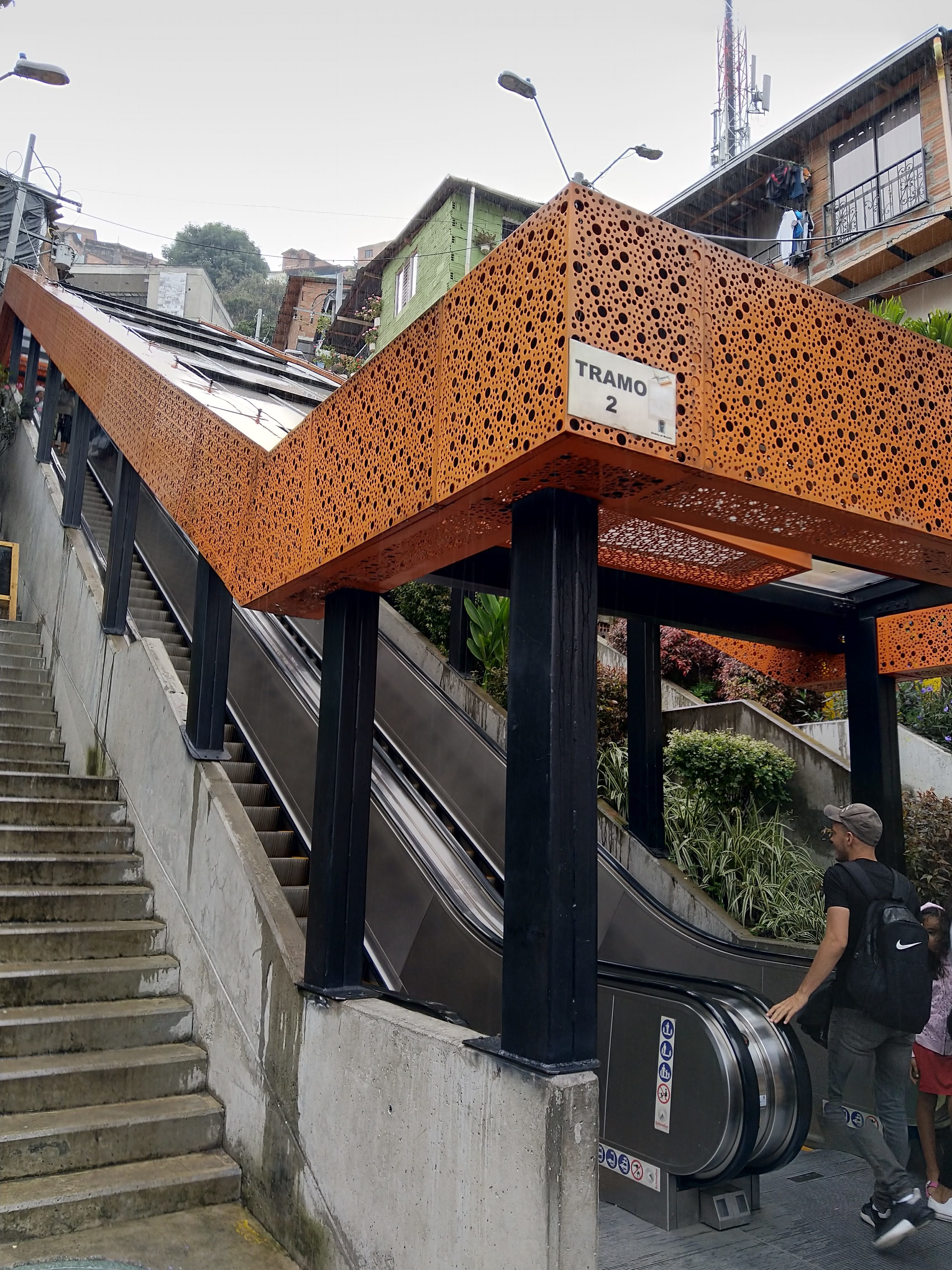
The Secret: Social Inclusion
Whereas many cities in Latin America are full of innovative ideas, especially when it comes to transport, Medellín goes one step further. The city manages to place an emphasis on social inclusion, as you can see in the example with the escalators. Another point in case is the public transport system, which is intelligently integrated and reaches even the outer parts of the city – be it via cable car, metro bus, micro bus, tram, subway or other systems.
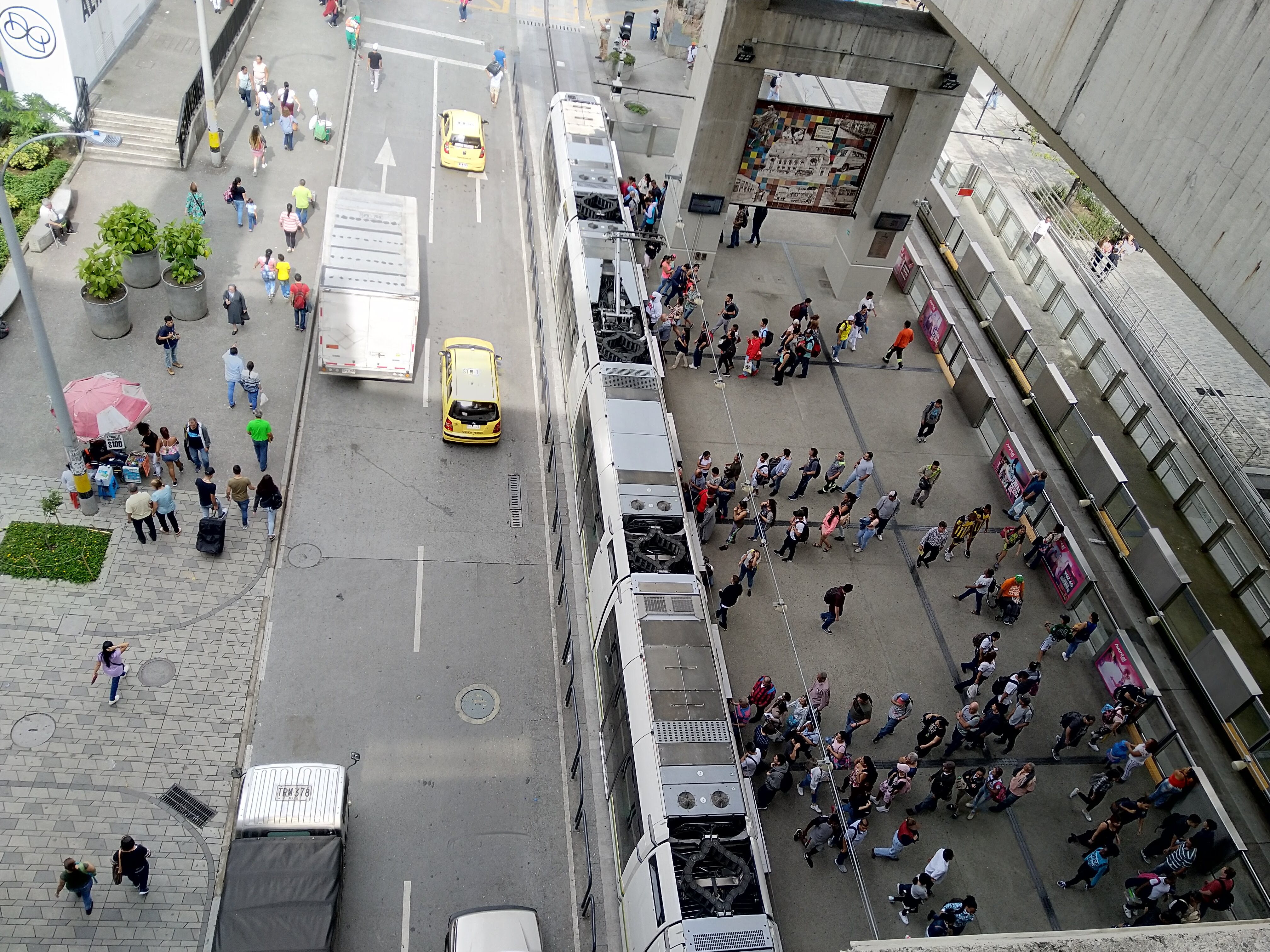
If you look at the city homepage of the project “Distrito Innovativo”, you can see how all these innovations are successful: Participation is behind them! Medellín makes it very easy for its citizens to participate. There are many online and offline opportunities, and after the big flagship project of successfully improving conditions in Comuna 13, citizens of all areas of the cities are motivated to participate in urban planning, in votes and in other requests of the city. This combination of a successful flagship project with many follow-up initiatives seems to be a very good recipe!
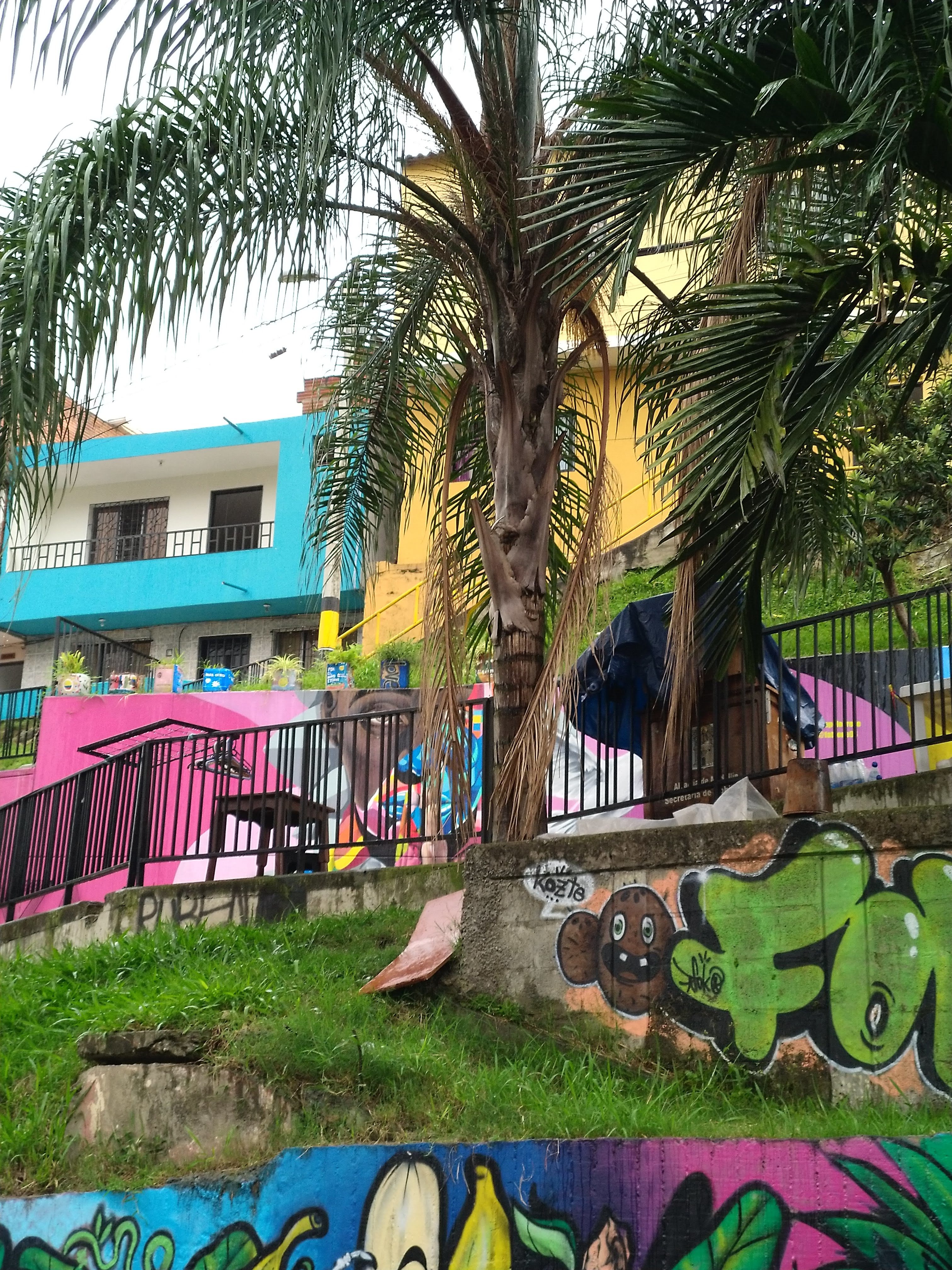
While Medellín still has its struggles, it has also received international prices and acclaim for its countless ideas. Urban development and social resilience go hand in hand in this Colombian city, which I think many other urban governments should learn from.
At the same time, the question arises whether you can become too innovative. Isn’t it better to focus on a handful of new ideas and their perfection, rather than constantly trying new things in urban planning? For now, though, we should all be using Medellín’s experience as inspiration.
Read more about Medellín:

